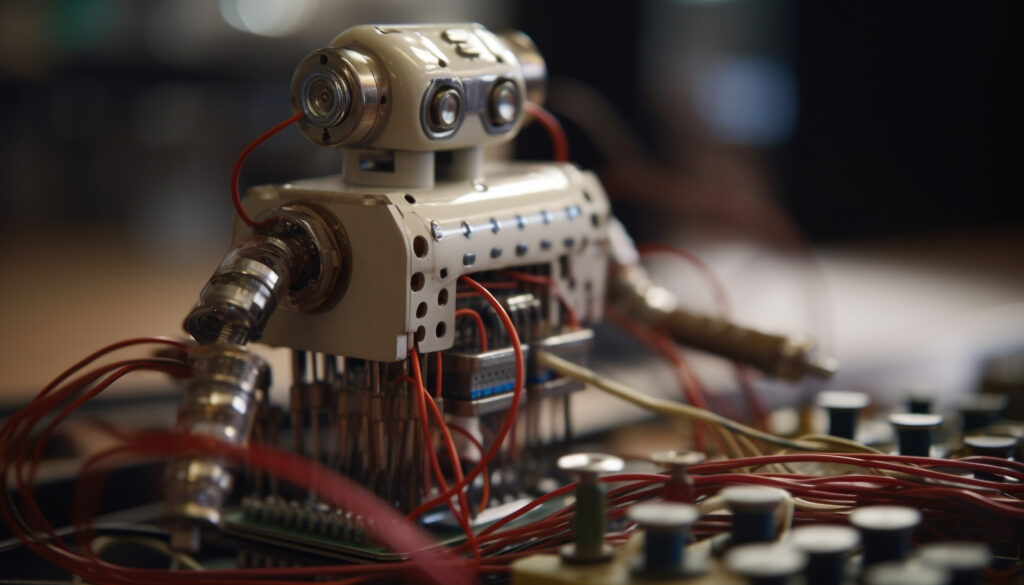Artificial intelligence (AI) is transforming the way wars are fought in the air, as the U.S. Air Force develops and tests a new generation of combat drones that can act as robot wingmen for human pilots. These drones, such as the XQ-58A Valkyrie, are designed to be stealthy, fast, and capable of carrying missiles and other weapons that can strike enemy targets autonomously or in coordination with manned aircraft. The Valkyrie is a prototype for what the Air Force hopes can become a potent supplement to its fleet of traditional fighter jets, giving human pilots a swarm of highly capable robot wingmen to deploy in battle1.
The Valkyrie is powered by a rocket engine and can fly a distance equal to the width of China. It has a sleek and angular shape that reduces its radar signature and makes it harder to detect. It can carry up to four small-diameter bombs or two AIM-260 air-to-air missiles, which have a longer range than the current AIM-120 missiles used by the Air Force. The Valkyrie can also communicate and share data with other drones and manned aircraft through a secure network, enabling it to act as a sensor and a shooter in complex missions2.
The Valkyrie is run by AI, which allows it to make its own decisions based on its sensors and objectives. The AI is not fully autonomous, however, as it still requires human approval before engaging any target. The human pilot can also override or modify the AI’s actions if necessary. The AI is designed to learn from its experiences and improve its performance over time3.
The Air Force has been testing the Valkyrie at Eglin Air Force Base in Florida, where it has flown alongside F-15 and F-22 fighter jets in various scenarios. The tests have shown that the Valkyrie can fly in formation, respond to commands, and avoid obstacles. The next phase of testing will involve more challenging tasks, such as chasing and killing a simulated enemy target while out over the Gulf of Mexico.
The Valkyrie program is part of a broader effort by the U.S. military to harness the potential of AI in warfare, especially in the face of rising competition from China and Russia. The Pentagon believes that AI can provide an edge in speed, accuracy, and efficiency, as well as reduce the risk to human lives. However, the use of AI also raises ethical and legal questions about how much autonomy to grant to lethal weapons, how to ensure accountability and transparency, and how to prevent accidents and misuse.
The Valkyrie is not the only AI-driven combat drone that the U.S. military is developing. The Navy is working on a similar project called MQ-25 Stingray, which is intended to provide aerial refueling and reconnaissance for carrier-based aircraft. The Army is also experimenting with small drones that can fly in swarms and perform surveillance, reconnaissance, and attack missions.
The future of aerial combat may depend on how well humans and machines can work together in complex and dynamic environments. The Valkyrie is a step toward that direction, as it aims to augment and enhance the capabilities of human pilots, rather than replace them. As Major Ross Elder, a test pilot who flew with the Valkyrie, said: “It’s a very strange feeling. I’m flying off the wing of something that’s making its own decisions. And it’s not a human brain.”



